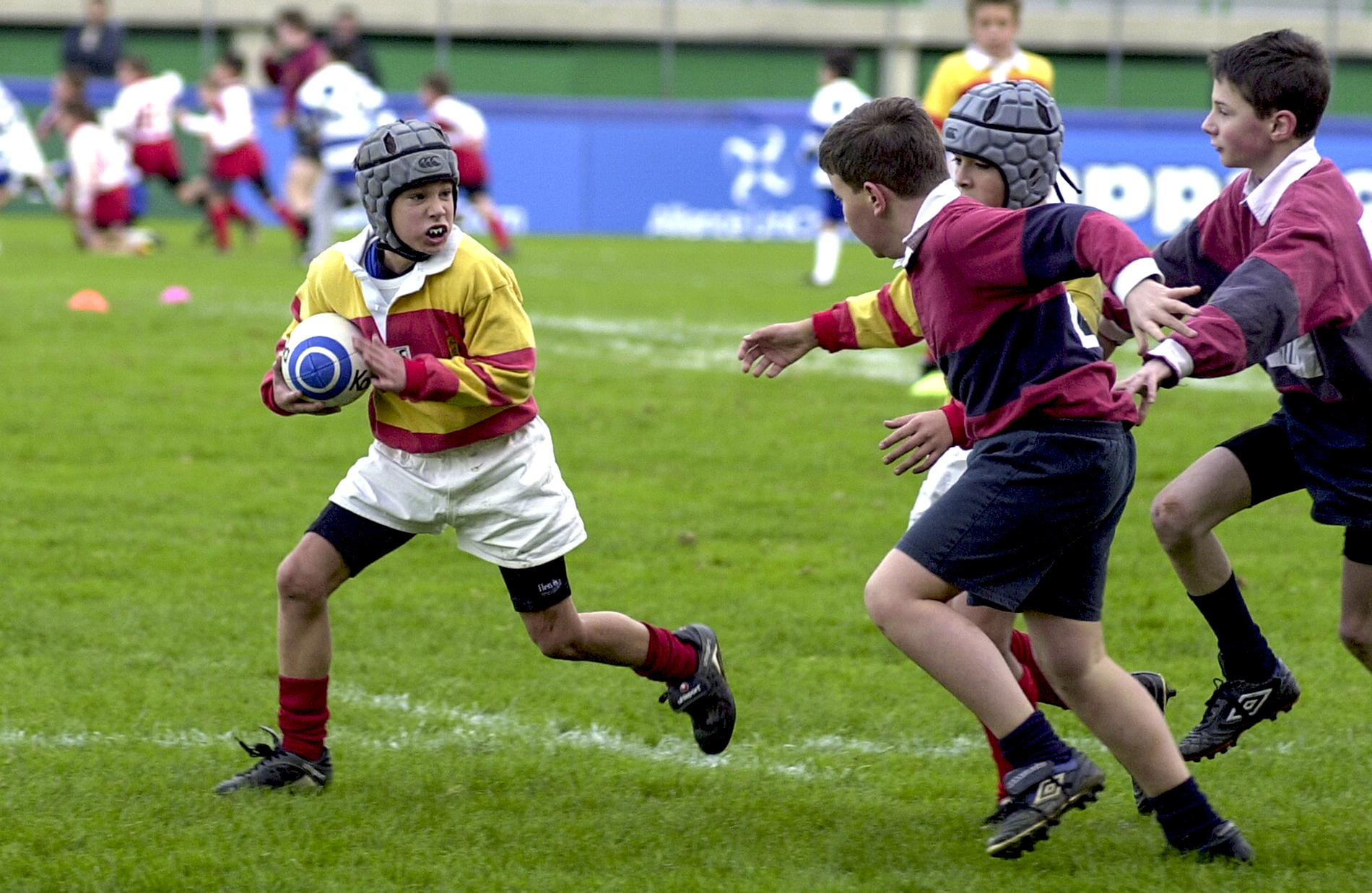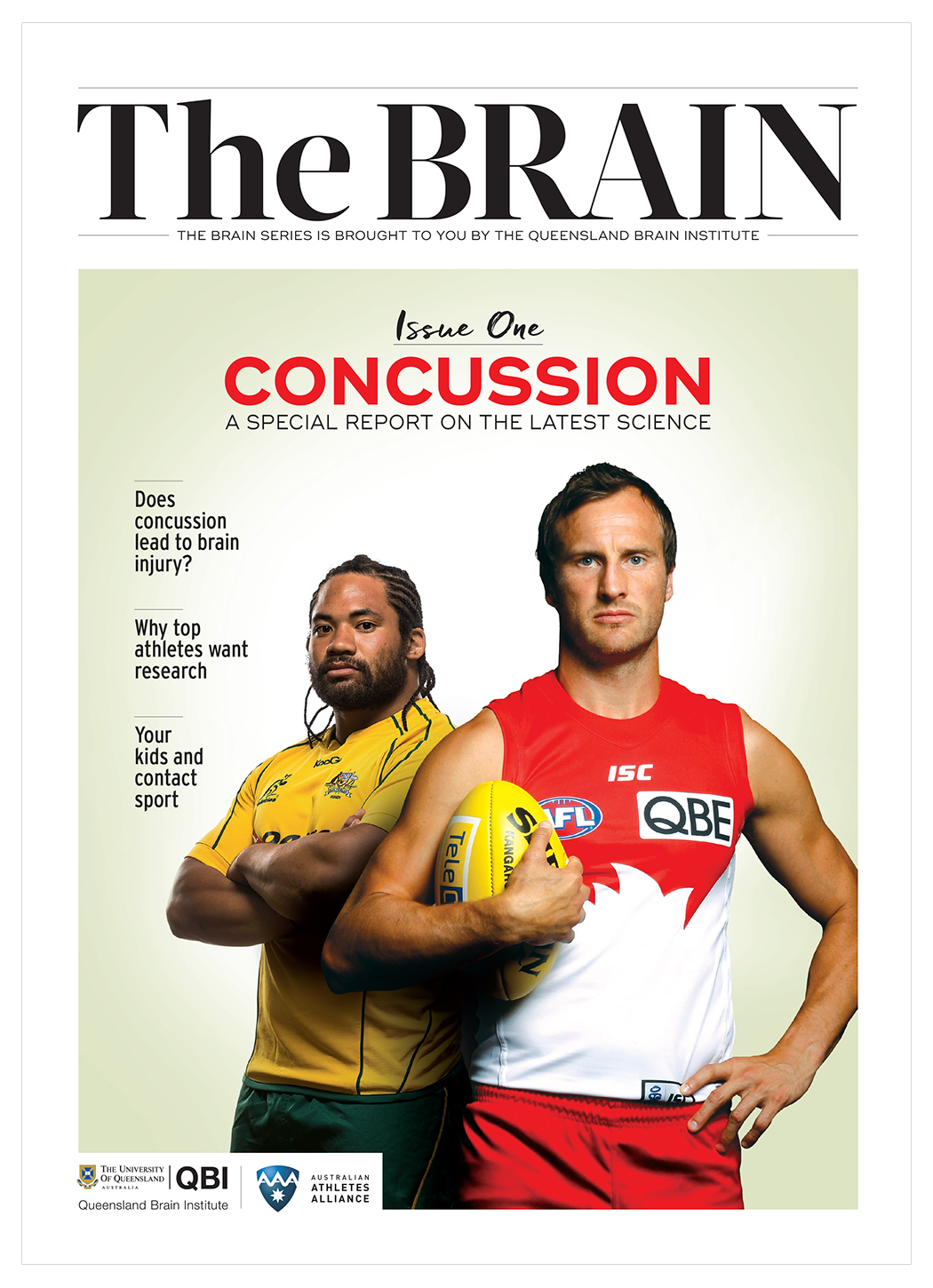Concussion in children

Most parents would say childhood is a concussion waiting to happen. Whether it’s toddlers with a fascination for staircases, children who love riding bikes, or adolescents playing sports with reckless enthusiasm, at some point many young people will thump their head hard enough to make a parent’s heart stop.
Just as with concussion in adults, there is growing awareness of the potential long-term consequences of the injury in young people. Where once a child or adolescent might have been sent back to the playground or back to school after a head impact, now parents, teachers and doctors are taking a much more conservative approach to managing concussion.
Concussion: effects on the developing brain
Because children have weaker necks and torsos than adults, less force is needed to cause a brain injury. Most concussion cases occur in young people aged 5 to 14. In children and adolescents, the two most common causes are sporting and bicycle accidents.
There is still only a limited understanding of the effects of concussion on the developing brain, partly because studying these is difficult. The developing brain responds to trauma differently to the adult brain, and is in some respects more vulnerable to damage.
The frontal and temporal lobes of the brain – regions responsible for executive functions and processing sensory input – continue maturing into the early 20s. Damage to still-developing areas has the potential to result in detrimental long-term effects.
However, most children recover fully from concussion. For children who have suffered a concussion – or other mild traumatic brain injury – studies have found no significant differences in learning performance in school-aged students compared to their peers. However, in a study of students aged 5 to 18, the presence of more severe post-concussion syndrome symptoms was associated with more school-related problems and poorer academic performance.
Diagnosing concussion in children
Children often play sport in an informal setting with little supervision. As a result, many concussions in children and adolescents go undiagnosed and unmanaged, which can lead to repeat concussion and is best avoided. No child with a suspected concussion should be allowed to return to play until medically cleared, as the risk for subsequent concussion is increased.
Diagnosis in children is also complicated by difficulties with communication. While adults may be able to recognise and articulate their symptoms, younger children can struggle, which means parents and doctors have to be a little more direct in their questioning.
Professor Andrew Kaye, a neurosurgeon at the Royal Melbourne Hospital, says the best approach is to ask simple questions, like asking the child if they have a sore head, feel dizzy, sick in the tummy or unwell, or whether they are having trouble concentrating.
One challenge with diagnosis, particularly in adolescents, is that many of the typical symptoms of concussion are also the typical ‘symptoms’ of being a normal teenager. One US study found a remarkably high prevalence of concussion-like symptoms, such as fatigue, headaches, sadness, difficulty concentrating and trouble sleeping, in a group of high-school athletes who had not actually experienced a concussion.
The authors of Canadian guidelines on concussion in children and adolescents, released in 2014, recommended that one way to address this could be to conduct baseline neurocognitive testing in children and adolescents who play sports with a significant risk of concussion, such as football, soccer, basketball and hockey.
Treating concussion in children
Another recommendation made by the guidelines was a gradual return to activity, with both physical and cognitive rest. For example, an adolescent who has experienced a concussion might be prescribed a period of 24 to 48 hours of complete rest, followed by a guided return to school but not physical activity, and finally, when the concussion is judged by a doctor to have resolved, a full return to activity. Throughout this process, their symptoms should be monitored, and their plan tailored to their recovery.
This recovery can take a long time. A US study found that while the more well-known and immediate symptoms of concussion, such as headache and dizziness, can ease, emotional disturbances can linger. The study of more than 200 young people presenting with concussion showed that irritability and sleep disturbances lasted 16 days on average, while frustration and poor concentration lasted an average of 14 days. Young people who have sustained multiple concussions are more likely to experience prolonged symptoms.
Professor Kaye stresses that while it’s important to be aware of the risk of concussion, and to manage it appropriately when it does happen, the low risk of a concussion in children’s sport is far outweighed by the benefits of physical activity that come with playing sport.

